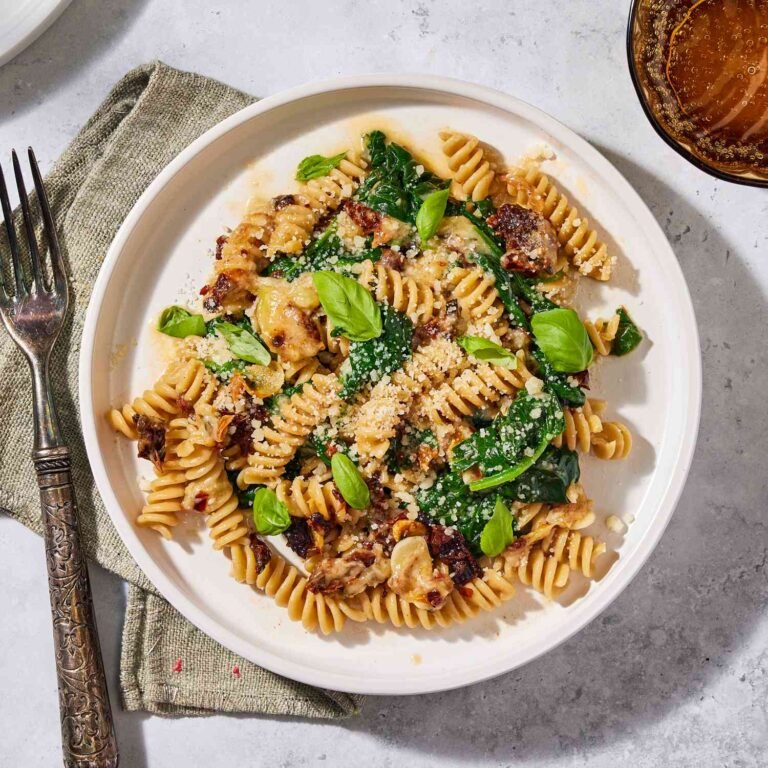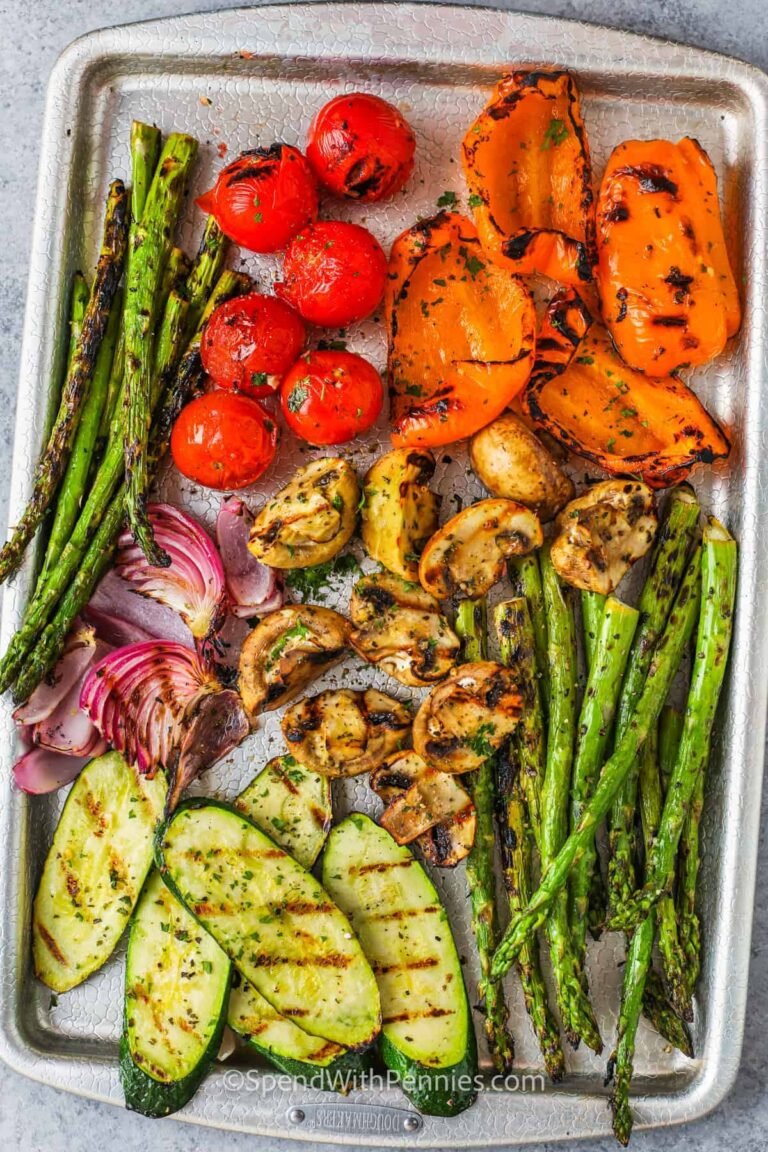As an Amazon Associate, I earn from qualifying purchases.
:max_bytes(150000):strip_icc():format(jpeg)/ar-fourth-of-july-dessert-4x3_-c726e139c0874a2eb4969a55ce29d10d.jpg)
It’s essentially summertime, which means that raspberry season is essentially upon us. If you do end up going berry picking soon, though, I sure hope you’re not expecting to harvest any blue raspberries because: They’re technically not a real thing.
And yet, we hardly bat an eye when confronted with all manner of blue raspberry flavors—a key flavor for frozen summer treats—despite the (relative) absence of any exact analogue in nature. But what’s its story? Where did it come from? As it turns out, blue raspberry has a longer history than you might think, and its origins may not be what you expect.
Is Blue Raspberry a Real Fruit?
Well, not exactly. The story of blue raspberry as we know it really begins with the color red. Specifically, FD&C Red No. 2, an artificial food coloring that gave off a robust, wine-like shade of red that was often used to approximate the color that “Boomer” children associate with raspberry. Though a 1957 report (funded by the food dye industry, of course) concluded that this approved food coloring dye was safe, there were certainly some doubts. The Food Additives Amendment of 1958, and later the Color Additive Amendment of 1960, set new, higher standards when it came to the safety of food colorings. Specifically, companies had to prove that an additive wasn’t cancerous. Public—and scientific—opinion turned against Red No. 2 in the years ahead, so the search was on for another food coloring that could approximate raspberry.
The History of Blue Raspberry
Though a company named Gold Medal (a seller of cotton candy, Sno-Kones, and popcorn machines) supposedly first started using blue raspberry as far back as 1958, the concept truly took off with ICEE at the beginning of the ’70s. Wanting to get kids into their raspberry flavor, but wanting a visual differentiator from their signature cherry flavor, the brand opted for FD&C Blue No. 1 (sometimes also known as Brilliant Blue FCF), supposedly because it resembled the shade of blue the brand was already using in its marketing. And the rest, as they say, is frozen beverage history, and ICEE’s frozen treats still endure today.
ICEE wasn’t the only frozen treat purveyor to adopt blue raspberry as a visual differentiator in the early ’70s. Otter Pop introduced their electric blue sugar water, inspired in part by a character they used in their marketing called Louie Blue. So in short, you can thank marketing for bringing blue raspberry to the masses.
Dotdash Meredith / Janet Maples
Why Is Blue Raspberry So Popular?
As alluded to above, part of what helped blue raspberry catch on by the ’70s was the fact that blue stood out from most of the (artificial) colors associated with other fruit-flavored treats at the time. After all, how is one supposed to tell cherry and raspberry apart, especially once FD&C Red No. 2 is off the table? The answer, obviously, is to just opt for a color that doesn’t exist in nature (because not even blueberries come close to this bright shade of blue), and hope that the concept of “blue raspberry” catches on. Somehow, the gambit worked well enough that blue raspberry is now a self-perpetuating flavor that shows up everywhere from the Slurpee machine to Jolly Ranchers.
Beyond its value as a flavor differentiator, the success of this unexpected color choice may also have something to do with the psychology of color. Bright, vivid colors are especially appealing to children, as synthetic flavor trailblazer Melvin De Groote, who studied the relationship between color and flavor as far back as the 1920s, realized. For example, pink lemonade tends to sell better and attract kids more than its conventional yellow counterpart, and the same thinking would seem to apply here.
So Is There Really a Blue Raspberry Fruit Out There?
Some claim that blue raspberry bears some level of similarity to the whitebark raspberry (Rubus leucodermis). Native to western parts of North America, Rubus leucodermis is technically a deciduous shrub, and its fruit actually showcases some level of blue-black pigmentation when ripe. That’s a far cry from blue raspberry’s bright shade, however, and evidence is mixed that the whitebark raspberry actually served as a direct inspiration for the blue raspberry flavor we’re familiar with today.
So, if you had plans to go hunting for blue raspberries this summer, you better book a trip to the West Coast—and don’t totally expect it to taste like the sweet treats you’re familiar with, either. Hopefully, this foray into the story of blue raspberry didn’t ruin the fantasy for you, but at least you’ve got a fun bit of trivia to talk about the next time you’re guzzling down some sugary blue liquid.
Related:
https://www.allrecipes.com/what-is-blue-raspberry-11729105
https://www.allrecipes.com/thmb/enBxhbRrkN77niDKeB9l2ErKWeg=/1500×0/filters:no_upscale():max_bytes(150000):strip_icc()/GettyImages-1199301967-2000-dd5a73dfee0d46e0b22bae2f53bd32ee.jpg
All About Ingredients,Kitchen Tips,In the Kitchen,Everyday Cooking,Recipes,Trends,Food News and Trends
#Blue #Raspberry
Check out this PAGE – https://www.allrecipes.com/what-is-blue-raspberry-11729105
Check out this Page Travel Package discount Must haves – Source2
Disclaimer: As an Amazon Associate, I earn from qualifying purchases; I may earn a commission from qualifying purchases as an affiliate. Please note that I only recommend products I believe will provide value to my readers.




